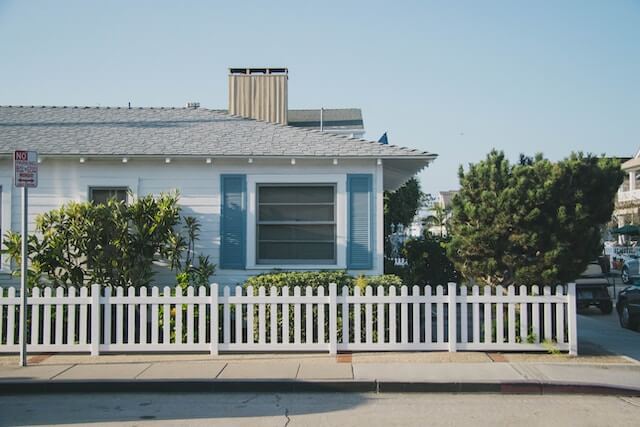According to a new analysis by Zillow, a significant shortage of affordable housing options is fueling America’s affordability crisis, particularly for those looking to move out on their own for the first time. This major housing deficit underscores the need for policies and investments that can boost construction.
This lack of housing – especially affordable options – has left millions of households “missing.” These missing households consist mainly of individuals and families living in another family’s owned or rented home. Across the country in 20211, there were nearly 8 million missing households, compared to just 3.7 million housing units available for rent or sale, a deficit of 4.3 million homes.
“There are simply not enough homes for millions of people,” says Orphe Divounguy, senior economist at Zillow. “Unless we address the shortage of smaller, more-affordable, starter-type homes, it will only get worse over time.”
For each of the 3.7 million housing units available for rent or sale across the country in 2021, there were more than two potential households – families likely in need of their own homes. This means even if every missing household was willing and able to move into its own home, 4.3 million households still would have been left without a place to move.
The bulk of families doubling up have consistently lower incomes, highlighting the need for smaller, more affordable housing. Of the families that are doubling up, 68% had an annual income of $35,000 or less.
The mismatch between potential housing needs and available homes across the country is not only playing out in the most expensive coastal housing markets, such as Los Angeles, San Francisco, San Jose, San Diego and Boston, but also in places like Boise.
Photo by Gustavo Zambelli at Unsplash.











